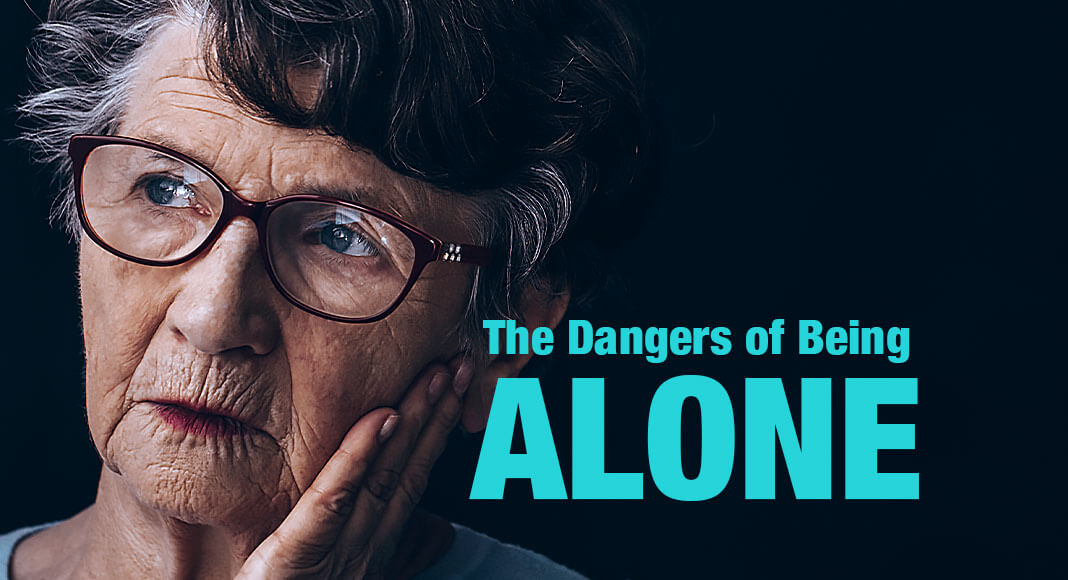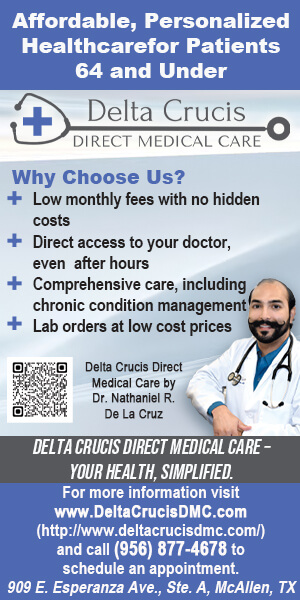
Mega Doctor News
By American Heart Association (AHA)
Newswise — DALLAS, August 4, 2022 — Social isolation and loneliness are associated with about a 30% increased risk of heart attack or stroke, or death from either, according to a new scientific statement from the American Heart Association, published today in the Journal of the American Heart Association, an open access, peer-reviewed journal of the American Heart Association. The statement also identifies the lack of data on interventions that may improve cardiovascular health for people who are socially isolated or lonely.
“Over four decades of research has clearly demonstrated that social isolation and loneliness are both associated with adverse health outcomes,” said Crystal Wiley Cené, M.D., M.P.H., FAHA, chair of the writing group for the scientific statement, and professor of clinical medicine and chief administrative officer for health equity, diversity and inclusion at the University of California San Diego Health. “Given the prevalence of social disconnectedness across the U.S., the public health impact is quite significant.”
Risk of social isolation increases with age due to life factors, such as widowhood and retirement. Nearly one quarter of U.S. adults ages 65 and older are socially isolated, and prevalence of loneliness is even higher, with estimates of 22% to 47%. However, younger adults also experience social isolation and loneliness. A survey from Harvard University’s Making Caring Common project describes “Gen Z” (adults currently ages 18-22) as the loneliest generation. Increased isolation and loneliness among younger adults may be attributed to higher social media use and less engagement in meaningful in-person activities.
Data also suggests that social isolation and loneliness may have increased during the COVID-19 pandemic, particularly among young adults ages 18-25, older adults, women and low-income individuals.
Social isolation is defined as having infrequent in-person contact with people for social relationships, such as with family, friends or members of the same community or religious group. Loneliness is when you feel like you are alone or have less connection with others than you desire. “Although social isolation and feeling lonely are related, they are not the same thing,” explains Cené. “Individuals can lead a relatively isolated life and not feel lonely, and conversely, people with many social contacts may still experience loneliness.”
The writing group reviewed research on social isolation published through July 2021 to examine the relationship among social isolation and cardiovascular and brain health. They found:
- Social isolation and loneliness are common, yet under-recognized determinants of cardiovascular and brain health.
- Lack of social connection is associated with increased risk of premature death from all causes, especially among men.
- Isolation and loneliness are associated with elevated inflammatory markers, and individuals who were less socially connected were more likely to experience physiological symptoms of chronic stress.
- In assessing risk factors for social isolation, the relationship between social isolation and its risk factors goes both ways: depression may lead to social isolation, and social isolation may increase the likelihood of experiencing depression.
- Social isolation during childhood is associated with increased cardiovascular risk factors in adulthood, such as obesity, high blood pressure and increased blood glucose levels.
Socio-environmental factors, including transportation, living arrangements, dissatisfaction with family relationships, the pandemic and natural disasters, are also factors that affect social connections.
“There is strong evidence linking social isolation and loneliness with increased risk of worse heart and brain health in general; however, the data on the association with certain outcomes, such as heart failure, dementia and cognitive impairment is sparse,” Cené said.
Evidence is most consistent for a link among social isolation, loneliness and death from heart disease and stroke, with a 29% increase in the risk of heart attack and/or heart disease death, and a 32% increased risk of stroke and stroke death. “Social isolation and loneliness are also associated with worse prognosis in individuals who already have coronary heart disease or stroke,” Cené added.
People with heart disease who were socially isolated had a two- to three-fold increase in death during a six-year follow-up study. Socially isolated adults with three or fewer social contacts per month may have a 40% increased risk of recurrent stroke or heart attack. In addition, 5-year heart failure survival rates were lower (60%) for people who were socially isolated, and for those who are both socially isolated and clinical depressed (62%), compared to those who have more social contacts and are not depressed (79%).
Social isolation and loneliness are also associated with behaviors that negatively impact cardiovascular and brain health, such as lower levels of self-reported physical activity, less fruit and vegetable intake, and more sedentary time. Multiple large studies found significant associations between loneliness and a higher likelihood of smoking.
“There is an urgent need to develop, implement and evaluate programs and strategies to reduce the negative effects of social isolation and loneliness on cardiovascular and brain health, particularly for at-risk populations,” said Cené. “Clinicians should ask patients about the frequency of their social activity and whether they are satisfied with their level of interactions with friends and family. They should then be prepared to refer people who are socially isolated or lonely — especially those with a history of heart disease or stroke — to community resources to help them connect with others.”
Some populations are more vulnerable to social isolation and loneliness, and more research is needed to understand how social isolation impact cardiovascular and brain health in these groups, including children and young adults, people from under-represented racial and ethnic groups, lesbian, gay, bisexual, transgender and queer (LGBTQ) individuals, people with physical disabilities, people with hearing or vision impairments, people living in rural areas and under-resourced communities, individuals with limited access to technology and internet service, recent immigrants and incarcerated individuals.
The review highlights research among older adults aimed at reducing social isolation and loneliness. These studies found that fitness programs and recreational activities at senior centers, as well as interventions addressing negative thoughts of self-worth and other negative thinking have shown promise in reducing isolation and loneliness.
The review did not identify any research aimed at reducing social isolation with the specific goal of improving cardiovascular health.
“It is unclear whether actually being isolated (social isolation) or feeling isolated (loneliness) matters most for cardiovascular and brain health because only a few studies have examined both in the same sample,” Cené said. “More research is needed to examine the associations among social isolation, loneliness, coronary heart disease, stroke, dementia and cognitive impairment, and to better understand the mechanisms by which social isolation and loneliness influence cardiovascular and brain health outcomes.”
This scientific statement was prepared by the volunteer writing group on behalf of the American Heart Association’s Social Determinants of Health Committee of the Council on Epidemiology and Prevention and the Council on Quality of Care and Outcomes Research; the Prevention Science Committee of the Council on Epidemiology and Prevention and the Council on Quality of Care and Outcomes Research; the Prevention Science Committee of the Council on Epidemiology and Prevention and the Council on Cardiovascular and Stroke Nursing; the Council on Arteriosclerosis, Thrombosis and Vascular Biology; and the Stroke Council.
American Heart Association scientific statements promote greater awareness about cardiovascular diseases and stroke issues and help facilitate informed health care decisions. Scientific statements outline what is currently known about a topic and what areas need additional research. While scientific statements inform the development of guidelines, they do not make treatment recommendations. American Heart Association guidelines provide the Association’s official clinical practice recommendations.
Co-authors are Vice Chair Theresa M. Beckie, Ph.D., FAHA; Mario Sims, Ph.D., FAHA; Shakira F. Suglia, Sc.D., M.S., FAHA; Brooke Aggarwal, Ed.D., M.S., FAHA; Nathalie Moise, M.D.; Monik C. Jiménez, S.M., Sc.D., FAHA; Bamba Gaye, Ph.D.; and Louise D. McCullough, M.D., Ph.D. Authors’ disclosures are listed in the manuscript.
The Association receives funding primarily from individuals. Foundations and corporations (including pharmaceutical, device manufacturers and other companies) also make donations and fund specific Association programs and events. The Association has strict policies to prevent these relationships from influencing the science content. Revenues from pharmaceutical and biotech companies, device manufacturers and health insurance providers, and the Association’s overall financial information are available here.











